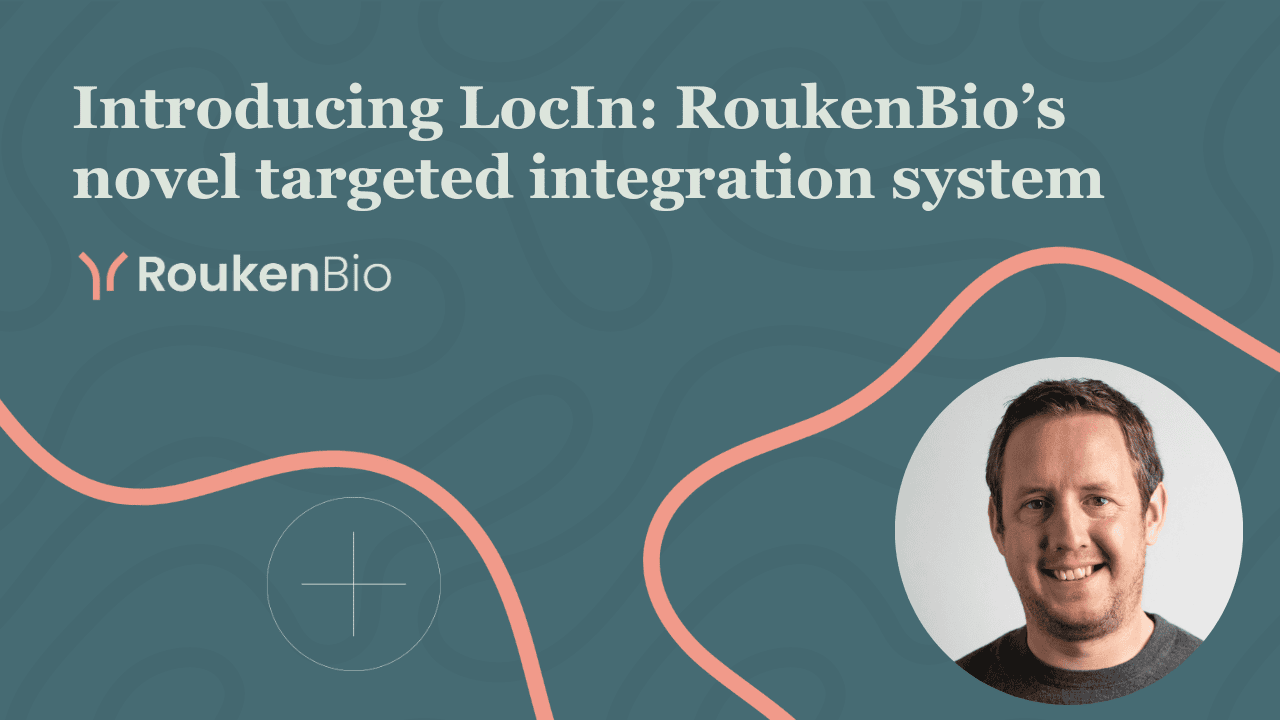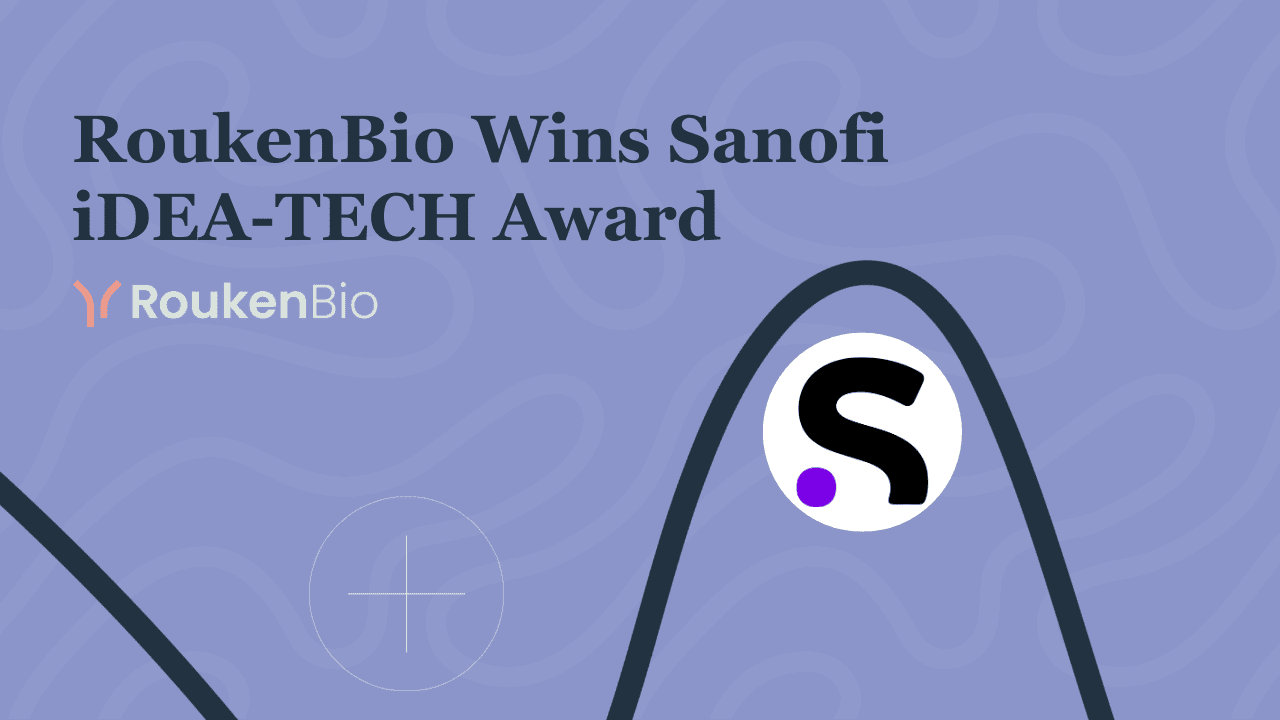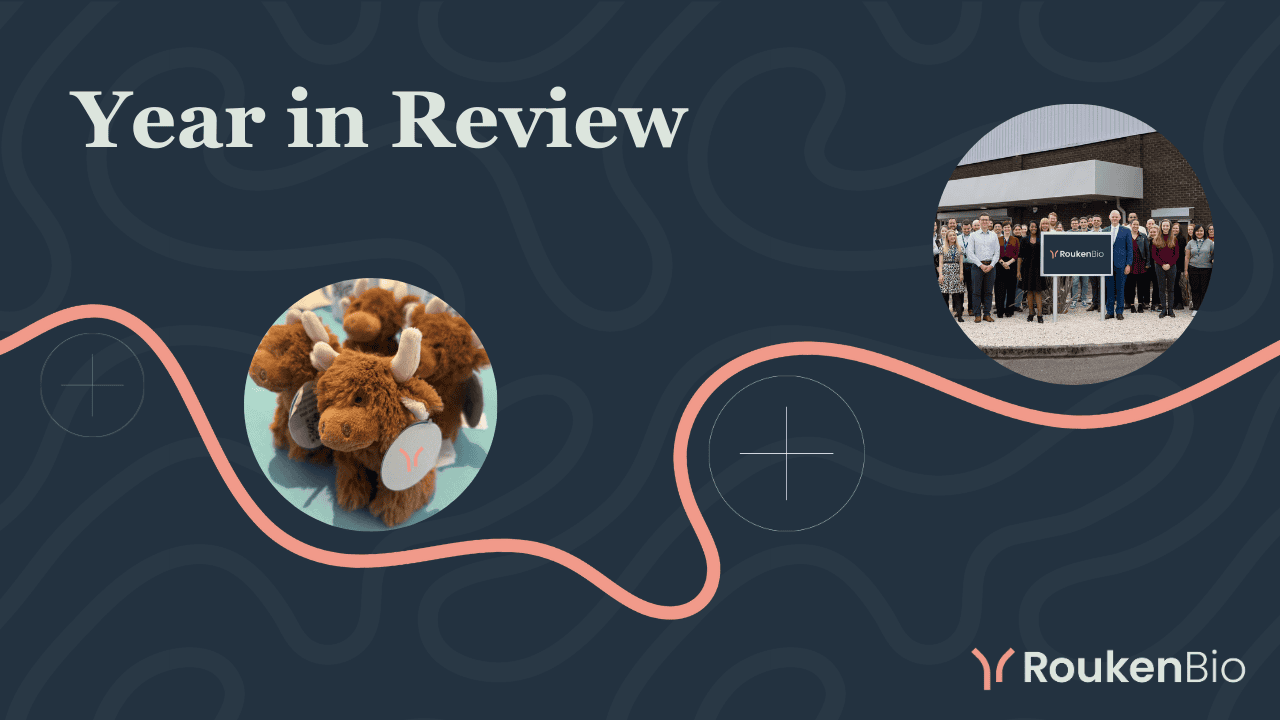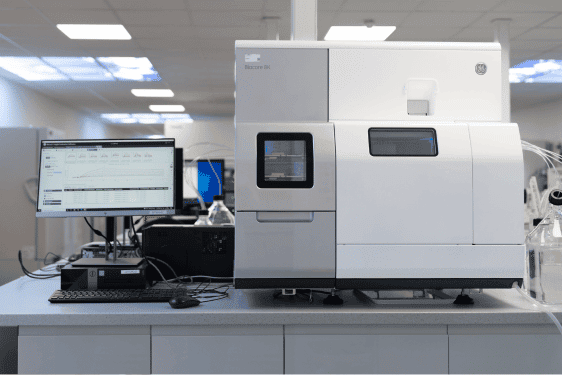We solve problems. We deliver quality data. We take your project to the next milestone. We are RoukenBio, the immunology CRO covering the full spectrum of discovery to pre-IND testing.
79
Net Promoter Score - our clients love working with us
27
Countries with customers globally

100+
Employees and growing
484
square meters of lab space with state-of-the-art instruments

Solutions
RoukenBio provides drug development services to support a global customer base to develop small molecule, large molecule and advanced therapeutics from early discovery through to clinical phases.
Capabilities
Discover our cutting-edge immunology CRO service areas, innovative assays, novel tools and state-of-the-art equipment designed to propel your drug discovery and research breakthroughs.
Backed by Brilliant Minds
Our vision is to become the most trusted research partner for biotherapeutic innovators.
Meet our brilliant minds


What our customers say
Explore genuine feedback and testimonials from our clients.
Discover our news
Read more about the latest news at RoukenBio.


News Announcements
Introducing LocIn: RoukenBio’s novel targeted integration system
March 12, 2025 |4 min read


Awards and Nominations
RoukenBio Wins Sanofi iDEA-TECH Award
March 10, 2025 |3 min read


News Announcements
RoukenBio’s Year in Review
December 17, 2024 |4 min read








